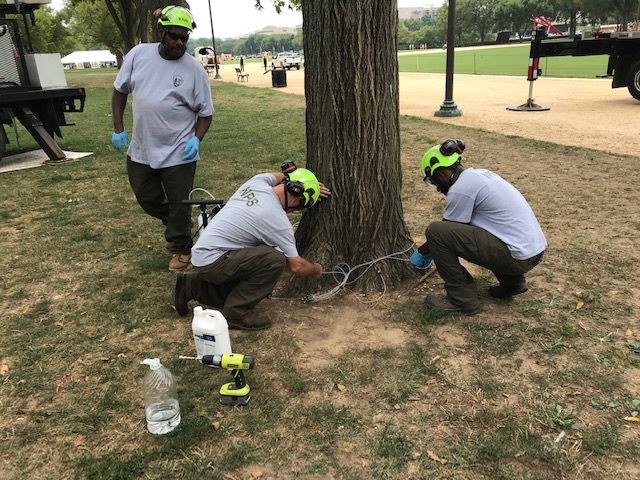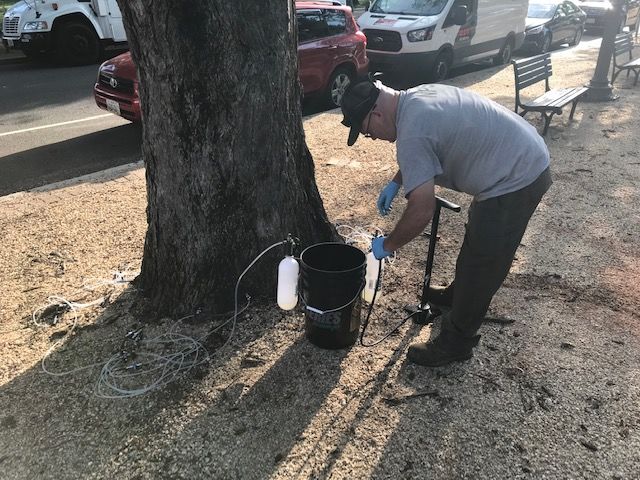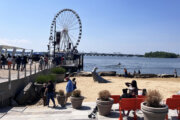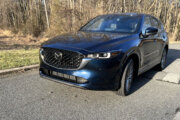The way the cherry trees and other treasured trees are taken care of on the National Mall is changing.
“What we’re doing is we’re making a strategic pivot in how we manage our trees,” said the National Park Service’s Jason Gillis, a park arborist for the National Mall and Memorial Parks, which has some 21,000 trees.
Gillis said that NPS performs tree care every year, but it is moving into a new philosophy.
“We’re moving into modern urban forestry,” Gillis said.
This involves treating individual trees with the good of entire stands of trees in mind, and focusing more on preventive care instead of reacting to problems.
Between August and early March 2020, more than 1,000 trees will be pruned and about 70 will be removed.
Most of the trees being removed are either diseased or have a structural problem that make them a public safety risk. More than 250 new trees will be planted in 2019, as well.

In addition, tree crews will have some technology upgrades that will help them track what needs to be done for the trees under their care.
A new system has been created to track the health of trees and keep a record for each one. It’s the equivalent of a medical record but for trees.
Tree crews now carry iPads in the field, which have been helpful in treating trees that have diseases.
“Since March to about four weeks ago, we have been prototyping and refining in the field … almost near-time digital system for capturing all the tree work in the park.”
The National Mall has a good number of elm trees, and some 200 are believed to have Dutch elm disease.
Treatment involves injecting the tree with fungicide. In the past that was accomplished by using taps drilled into the tree, similar to what the maple syrup industry uses.
Crews are using a new approach that seems to work better and causes less damage to the tree.
“Now we’re very surgical. It’s basically needle-sized insertions,” Gillis said.
Crews can use an iPad to locate the workflow plotted for them that day.
“They can go straight to it. It’s interfaced with GPS, so they can see themselves moving on the map to the marker,” Gillis said.
The worker will then see an image of the tree and a “prescription” for what needs to be done with it.
When the job is finished, the worker can upload photos and notes that will be added to the tree’s permanent record.








